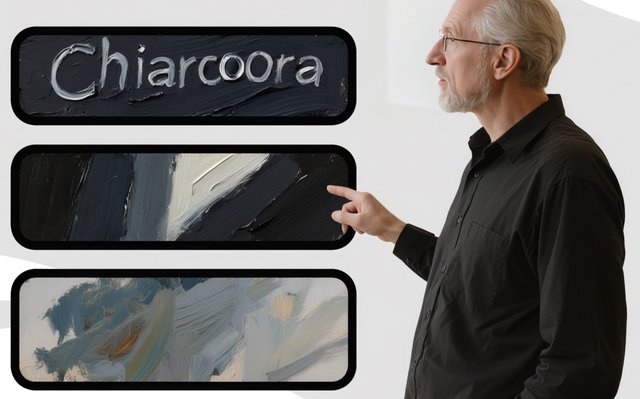British Landscape Painting

British landscape painting has a long and storied history, with its own distinct charm and techniques.
One of the prominent features of British landscape paintings is the attention to detail and the accurate portrayal of the natural environment. Artists have a remarkable ability to depict the diverse terrains of Britain, from the rolling hills of the countryside, with their patchwork of fields and hedgerows, to the rugged coastlines with crashing waves and towering cliffs. For example, in works by John Constable, the meadows, rivers, and trees are painted with such precision that one can almost feel the texture of the grass and the movement of the water. His use of thick brushstrokes and a rich palette of greens, blues, and earthy tones creates a vivid and immersive landscape.
The play of light and atmosphere is another crucial aspect. British weather is famously changeable, and painters have capitalized on this. They capture the soft, diffused light of a misty morning, the golden glow of a sunset over the moors, or the dramatic effects of storm clouds gathering. J.M.W. Turner was a master at this. His paintings often feature a luminous quality, where the light seems to radiate from within the canvas. He used a combination of thin washes and bold brushstrokes to suggest the movement and intensity of light, whether it was the reflection of sunlight on water or the shafts of light breaking through a cloudy sky.
In terms of composition, many British landscape paintings lead the viewer’s eye through the scene. There is often a focal point, such as a prominent landmark, a solitary tree, or a group of cottages, which is then framed by the surrounding landscape. This creates a sense of depth and perspective, making the viewer feel as if they are actually standing within the landscape. For instance, in works by Thomas Gainsborough, the placement of figures within the landscape and the arrangement of elements like trees and hills draw the eye and create a harmonious composition.
Color choice also plays an important role. The muted and earthy colors of the British countryside, such as the greens of the foliage, the browns of the soil and tree trunks, and the grays of the sky, are often dominant. However, artists also use pops of color to add interest and contrast. A bright red barn in a field of green or a splash of yellow wildflowers can enhance the overall visual impact.
Texture is another element that British landscape painters have explored. They use different brushstrokes and paint application techniques to create the texture of grass, the roughness of rocks, or the smoothness of water. Some may use impasto to add a three-dimensional quality to certain elements, like the bark of a tree or the crests of waves.
In conclusion, British landscape painting is a rich and diverse genre that combines a love for the natural beauty of the British Isles with a variety of artistic techniques. The attention to detail, the capture of light and atmosphere, the skillful composition, the choice of colors, and the exploration of texture all contribute to the unique and enduring appeal of these paintings. They not only document the landscapes of Britain but also offer a window into the emotions and sensibilities of the artists who have painted them.




